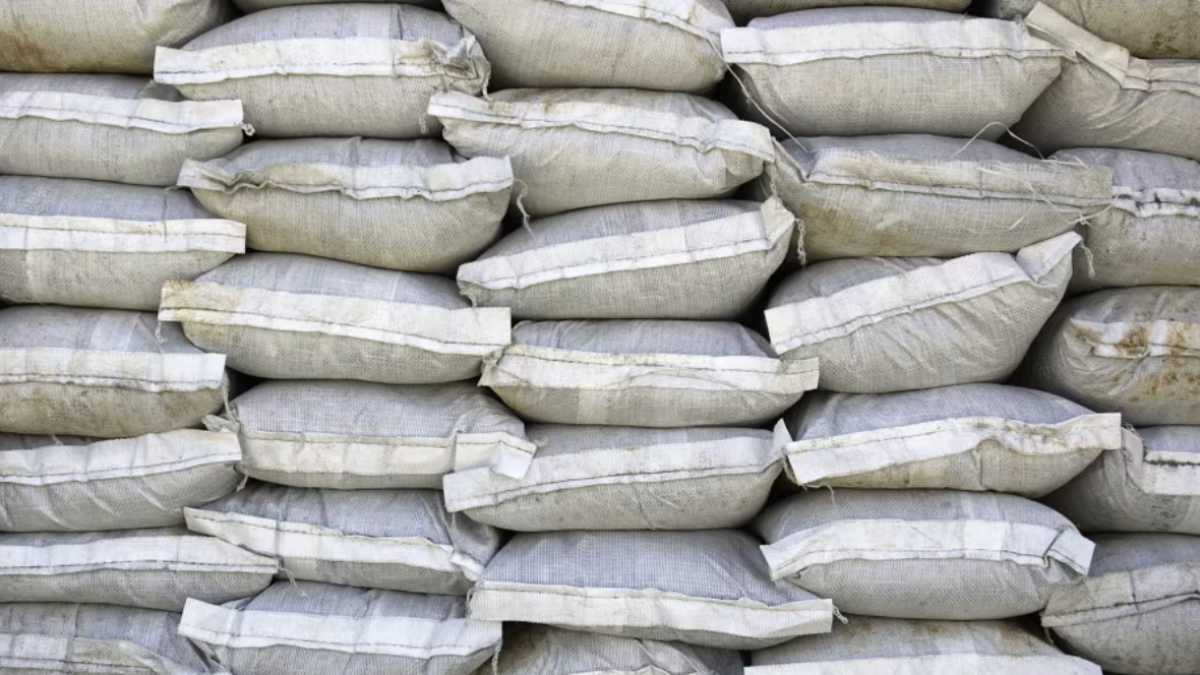Alfred J. Hamwey was only 24 when his twin-engine Douglas A-20G Havoc bomber was shot down Jan. 20, 1945, while the pilot fought Japanese forces over New Guinea.
For almost eight decades, no one knew where Hamwey’s body lay north of Australia.
But after forensic analysis of human remains found in late 2022, the Defense POW/MIA Accounting Agency officially announced they had found Hamwey, a U.S. Army Air Forces 2nd lieutenant from Jacksonville. He will be buried back home in September.
Hamwey is remembered on the Walls of the Missing at the Manila American Cemetery at Fort Bonifacio and was posthumously awarded an Air Medal, Purple Heart.
His brother Frank died in 1957, and his other brother in 2000. But a nephew left a memorial to his “great uncle Alfred” on findagrave.com, an online collection of gravesites and tributes.
“I never got the chance to meet you, but I’ve kept you in my heart through the love your brother, my grandfather, had for you,” Taylor wrote only a month ago. “‘Never forget Alfred,’ he would say, and we never have. We’ll be here when you finally come home.”

Hamwey, a member of the 360th Service Group, was last seen preparing his chunky green bomber to attack Japanese targets in the Cape Wom area near Wewak, Find A Grave states. After the plane disappeared from formation, the flight leader carried out searches for the Havoc bomber.
Aircrews reported a grass fire near Cape Wom but believed it had been started by the attacking forces’ napalm bombing. No wreckage was ever spotted, and he was declared dead a day later, according to the Find A Grave website.
The American Graves Registration Service, the military unit that investigates and recovers missing American sailors and soldiers in the Pacific Theater, searched battle areas and crash sites in New Guinea. That search ended in late 1948, and registration service officials concluded they were unable to locate any remains of Hamwey and the bomber’s other two crew members. They were designated as nonrecoverable, the POW/MIA Accounting Agency states.
Searches for service member remains resumed in the early 1980s. And in late 2011, an Australian Defence Force officer reported seeing an aircraft crash site in a swamp near Cape Wom, the agency said.
A local village guide also reported discovering the site six months earlier, adding that human remains had been seen. Agency officials interviewed more residents between July 2015 and May 2016 and also collected crash debris as well as some bone fragments.
In late 2022, the agency’s Underwater Recovery Team continued to search the area and found possible human remains, sent to its laboratory for review and analysis. Scientists conducted dental and anthropological analysis, while the Armed Forces Medical Examiner System analyzed the DNA. Hamwey’s identity was confirmed May 20.
Hamwey’s name on the Walls of the Missing in Manila will now be marked as being accounted for. The agency reports that his burial is set for Sept. 12 in Jacksonville.







